High-Speed System Design Training
Enhance your engineering competencies with high performance, superior efficiency, and solutions aligned with international standards. Add value to your professional development through comprehensive content that combines advanced technical knowledge, innovative design approaches, and global quality standards.
Capable of handling even the most complex operations swiftly and efficiently.
Ample memory space for secure data storage and easy access.
Equipped with the latest and most innovative technologies.
Advanced communication protocols and integration options.
Intelligent processing capabilities and automated decision-making systems.
Modular structure customizable to meet user-specific requirements.
Sustainable performance with reduced energy consumption.
Compliance with internationally recognized certifications and standards.
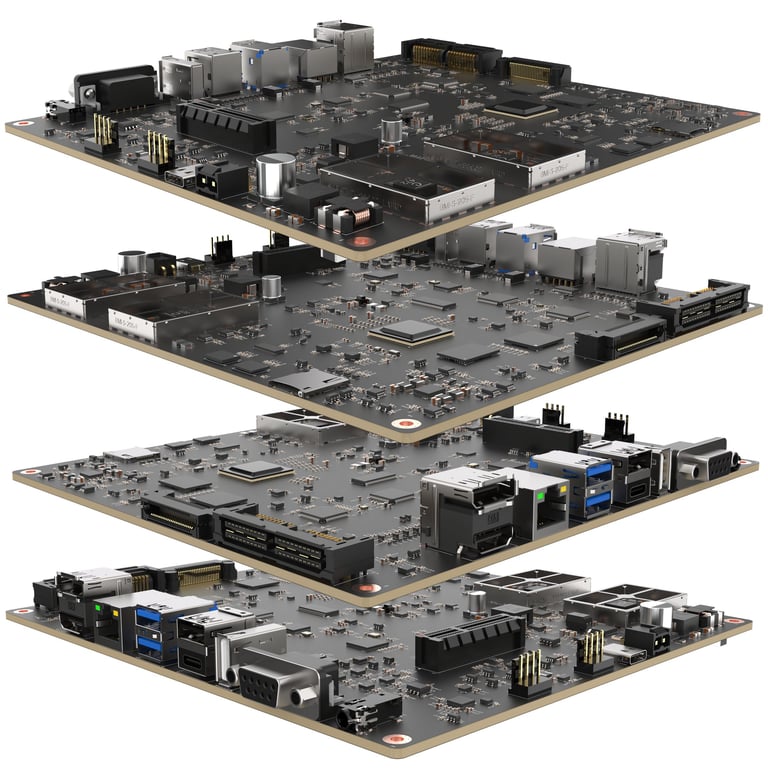

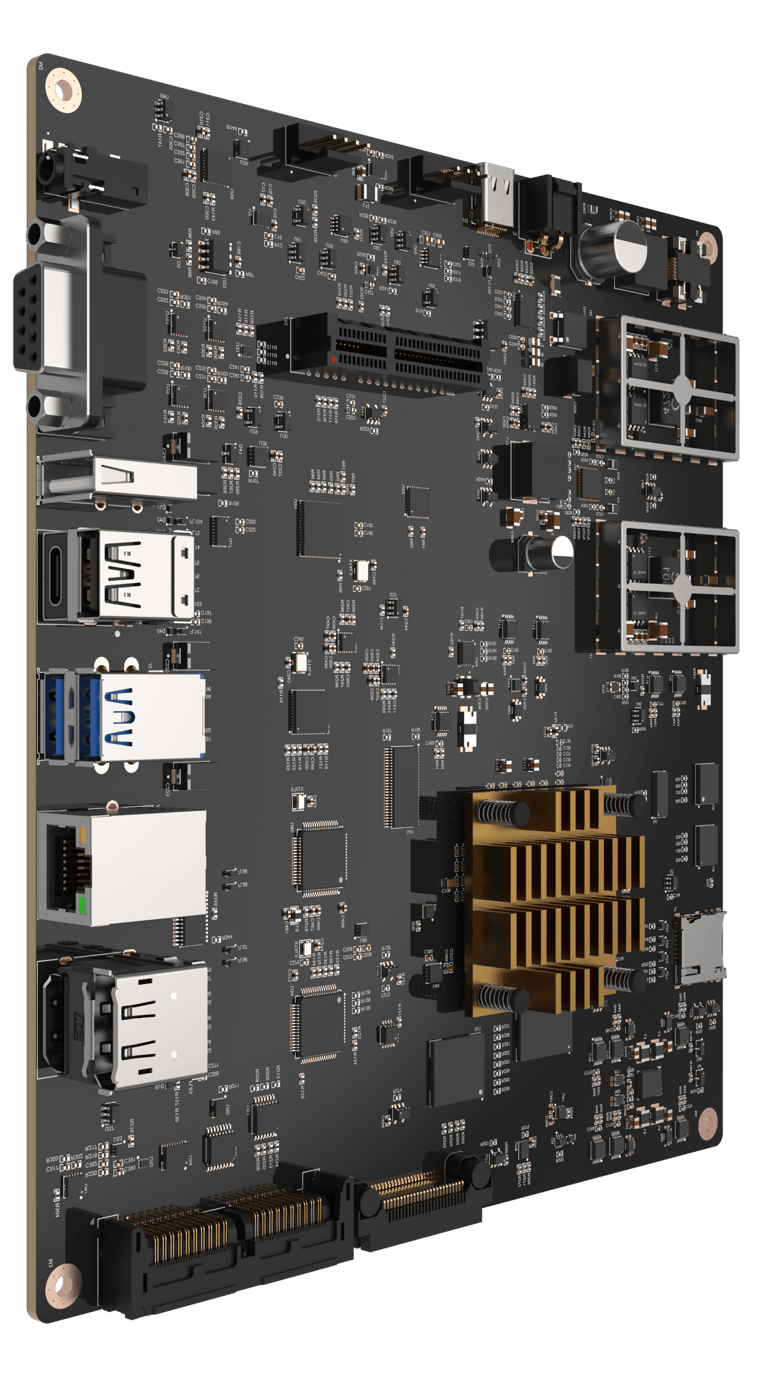

1.4 GHz
CORTEX-A53
8 GB
LPDDR4
256 Gb
eMMC 5.1
512 Kb
EEPROM
1024 Mb
SLC NAND
512 Mb
NOR FLASH
20 Gb/s
MIPI DSI
10 Gb/s
MIPI CSI
1 Gb/s
PCI-EXPRESS GEN 3x1
5 Gb/s
USB 3.2 Gen 1x1
480 Mb/s
USB 2.0
21.6 Gb/s
DISPLAY PORT 1.2
1 Gb/s
ETHERNET
5 Mb/s
CAN
4.95 Gb/s
HDMI 1.2
25 MHz
AUDIO CODEC
655 Mb/s
LVDs
Efficient
PMIC
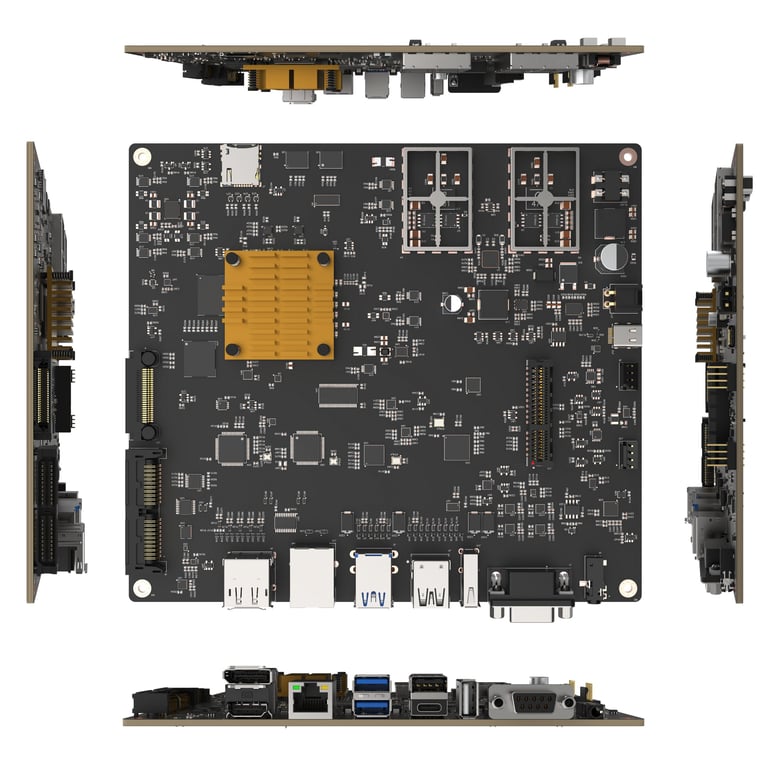

Why do frustrating EMC/EMI issues often arise in high-speed circuits?
How can you anticipate signal integrity problems right from the early design stages?
How can you anticipate signal integrity problems right from the early design stages?
Why is power integrity not just about power planes?
Does via placement really have such a significant impact on performance?
Does via placement really have such a significant impact on performance?
How costly can a poor PCB stack-up design become?
How do you identify and isolate noise sources in high-speed designs?
What technical validations must be in place before you can confidently say, "This design will work"?

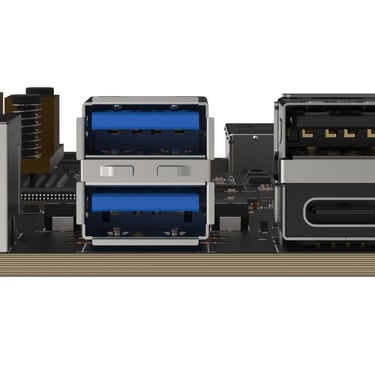
Section 1 (5 hours)
System Architecture Design
⚡ Defining the Project Scope
⚡ Identifying Requirements
⚡ Establishing Hardware Development Standards
⚡ Determining Design Feasibility Level
⚡ Risk Analysis and Management
⚡ Designing the System Architecture
⚡ Creating Block Diagrams
⚡ Creating Data Flow Diagrams
⚡ Creating Power Flow Diagrams
⚡ Preparing Functional Diagrams
⚡ Selection of Integration and Communication Protocols
⚡ System Performance Evaluation
⚡ Design Verification and Review
⚡ Certification and Documentation Management
Section 2 (10 hours)
Electronic Circuit Design
⚡ Selection of Topology Appropriate to the Product Class
⚡ Detailed Analysis of Topologies
⚡ System Design and Integration
⚡ Circuit Design Process Management
⚡ Hierarchical and Modular Approach
⚡ Selection of Components Suitable for the Product Class
⚡ Supply Chain and Manufacturer Selection
⚡ Power Distribution and Grounding Design
⚡ Safety and Protection Solutions
⚡ Electronic Library Management
⚡ Design of Test and Monitoring Points
⚡ EMI/EMC Compliance
⚡ Cost and Efficiency Analysis
⚡ Documentation and Technical Notes
Electronic system architecture design is the planning process that defines how a system’s hardware and software components will be organized and interact with each other. This design ensures that the system is efficient, reliable, and scalable. A well-designed architecture enhances performance while reducing the risk of errors and minimizing costs.
Electronic system architecture design is the planning process that defines how a system’s hardware and software components will be organized and interact with each other. This design ensures that the system is efficient, reliable, and scalable. A well-designed architecture enhances performance while reducing the risk of errors and minimizing costs.

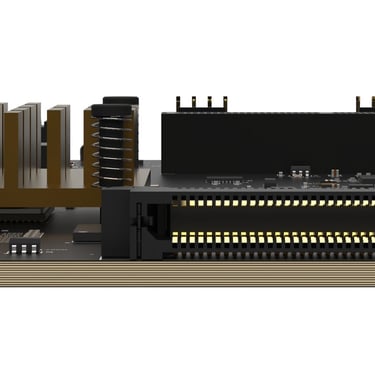
Section 3 (10 hours)
HDI PCB Design
HDI PCB design requires precision and careful attention due to the high-density component placement and microvia technology involved. Mistakes can lead to issues with signal integrity and overall system reliability. Therefore, the design must strictly comply with manufacturing standards and be thoroughly reviewed.
⚡ PCB design in accordance with design, quality, and manufacturing criteria and standards (IPC Class 3), considering signal integrity, power integrity, grounding, EMC/EMI, Design for Manufacturability (DFM), and Design for Testability (DFT) principles.
⚡ Selection of appropriate materials and stack-up design, taking into account design and manufacturing criteria as well as signal and power requirements.
⚡ Compliance with the requirements of analog and digital designs; power designs, high-speed signals, power signals, audio signals, impedance-controlled signals, transmission lines, via structures, and related constraints.
⚡ Working with various footprint structures (BGA, QFN, QFP, SOP, SON, SOIC, and others).
⚡ Considering frequency and magnetic field effects throughout the design process.
⚡ Providing manufacturing, testing, and analysis outputs.

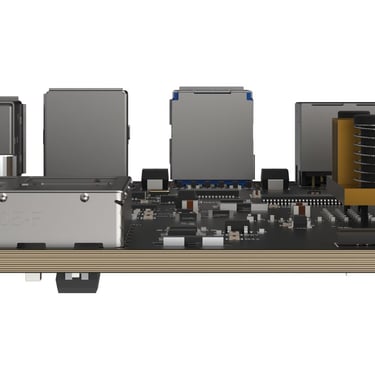
Section 4 (5 hours)
System Architecture Analysis
System architecture analysis is a detailed evaluation conducted to determine how the components of a system will interact. This analysis enables improvements in terms of performance, security, and scalability. It is a critical step to prevent errors and ensure compliance with quality standards.
⚡ Evaluation of Acquired Theoretical and Practical Knowledge
⚡ The Role of Signal and Power Analyses in PCB Designs
⚡ Power and Signal Management in Embedded Systems
⚡ Interference & Noise: Sources, Effects, Prevention
⚡ Signal Integrity and Transmission Line Quality
⚡ Effects of Parasitic Capacitance and Inductance on PCBs
⚡ Identification and Optimization of Signal Losses
⚡ Ensuring and Analyzing Transmission Line Impedance
⚡ Optimization of Signal Delay Times
⚡ Analysis and Optimization of Power Systems
⚡ Power Losses, Temperature Rise, and Efficiency Considerations
⚡ Evaluation of System Performance
⚡ Durability and Security of System Design
⚡ Documentation

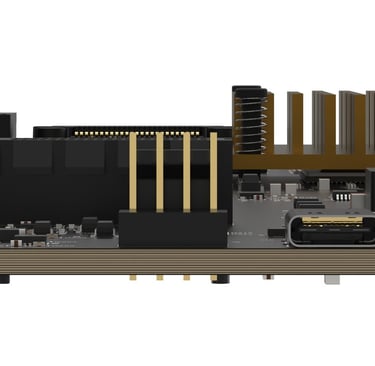
If these questions make you think, you’re in the right place. With us, you’ll find the right answers and practical solutions for high-speed system design.
At the end of the training, participants will gain in-depth knowledge and advanced practical skills from a specialized perspective, achieving a level of competence that will set them apart in their field.


Mastery of High-Speed Topologies


System-Level Integration Skills


Optimization of Signal and Power Management






EMC/EMI-Focused Design Expertise
Design Skills Oriented Towards Manufacturing and Testing
Component Selection and Placement Optimization


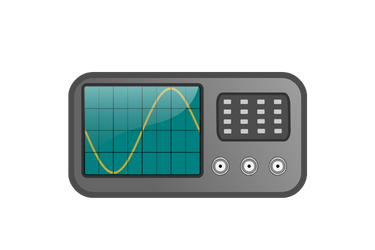



Integration of Data Communication Protocols
Advanced Signal and Power Transmission Analysis
Preparation of Design Performance Reports









